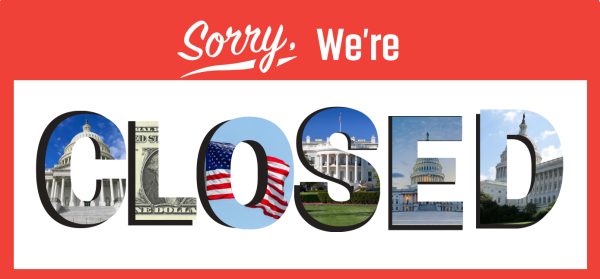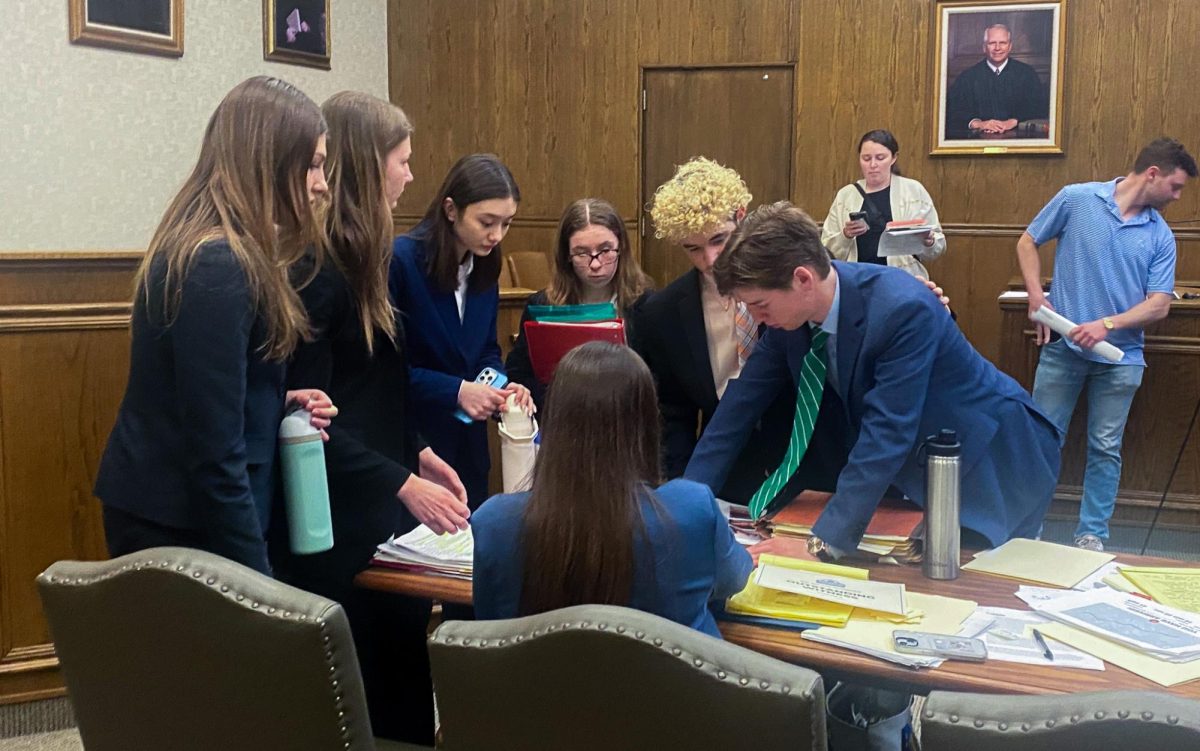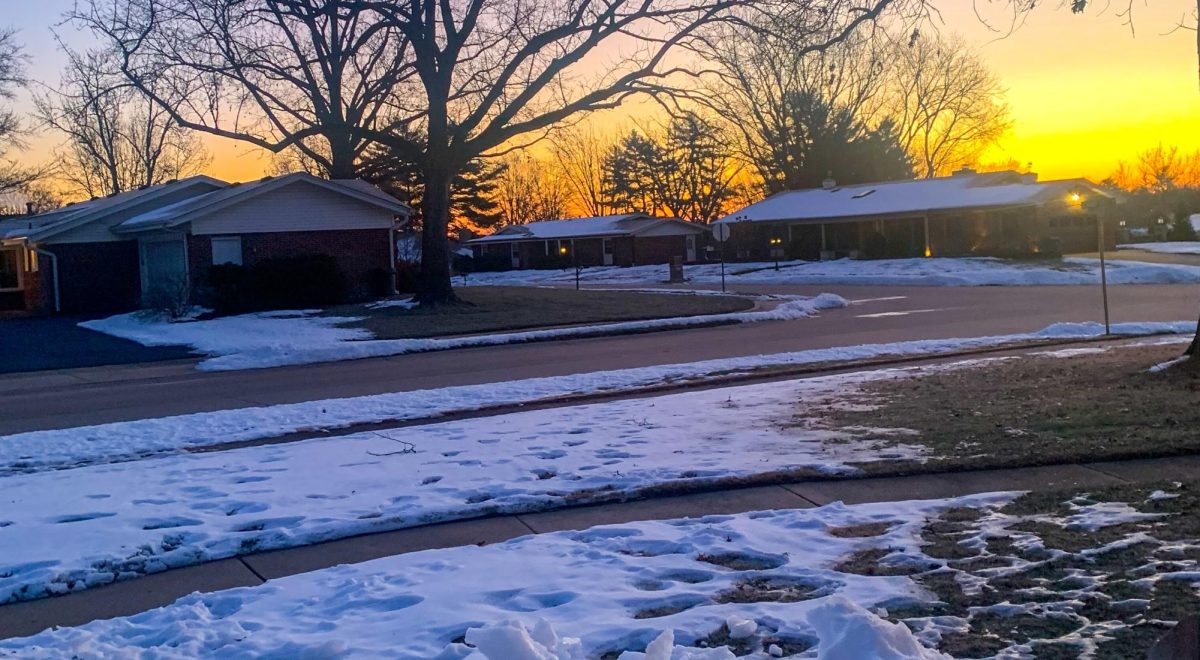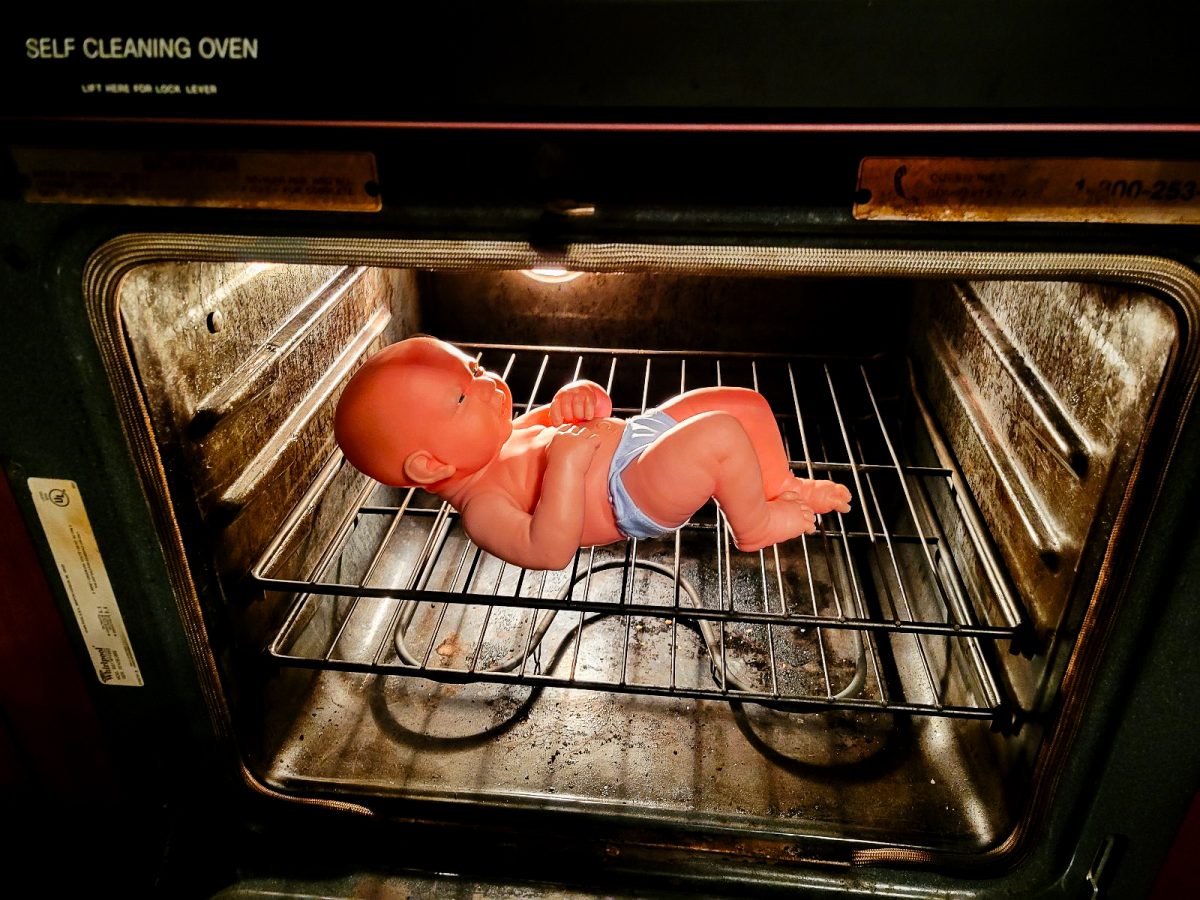
The United States government was hours away from shutting down on the night of September 30th. While this may sound like a plot straight out of a dystopian novel, it is unfortunately very real. To make matters worse, the shutdown was only narrowly avoided by a few hours thanks to a temporary funding agreement. This temporary agreement came with the addition of a shining new date for the next shutdown looming on November 17th.
Put simply, a government shutdown occurs when there is no new funding legislation passed by congress before October 1st. This date is of importance because it signifies expiration of federal funds and the start of a new fiscal year.
While they are not uncommon, government shutdowns still have a ripple effect, harming not only employees and citizens, but also the economy. Federal workers and military personnel would all be facing delayed paychecks. The national parks, among other government agencies, would also be at risk of temporarily closing. A government shutdown would also have the potential to reduce economic growth by .2% every week.There are many observable effects of a Government shutdown, not to mention the general fear and distrust that it evokes in civilians as well.
This fear and distrust peaked on the night of September 30th, when congress still had failed to compromise and create a bi-partisan plan to renew funding. President Biden took to X to remind citizens of the consequences a shutdown could have saying,
“Last time there was a government shutdown, 800,000 Americana furloughed or worked without pay.”
However, mere hours before the shutdown began, a stopgap (temporary funding) bill was passed in both the house and senate, before making its way to President Biden’s desk to finally be approved.
The stopgap bill ultimately provided key government institutions with just enough funds to continue operating until November 17th. But what happens then? According to the new speaker of the house, Mike Johnson, Republicans are eyeing another short-term bill that would aim to keep the government open until January 15th and force 1% discretionary spending cuts across the board.
While Washington continues to negotiate, the looming date for the next shut down is approaching, and Americans are watching with frustration.
“I’m sick of congress kicking the can down the road.” said senior government teacher Ken Boesch.
It is no secret that the national debt is growing at an ever large rate.
This only is made more concerning by the rate of money that the government spends. Just this year, the Federal Government spent almost 6.13 trillion dollars (that’s ten zeros!). Now, facing off against a debt ridden government, politicians are seeking to only raise the debt ceiling further (increasing the federal budget) and allocating more money to prevent further government shutdowns. However, this begs the question, how long can we continue to kick the can?








